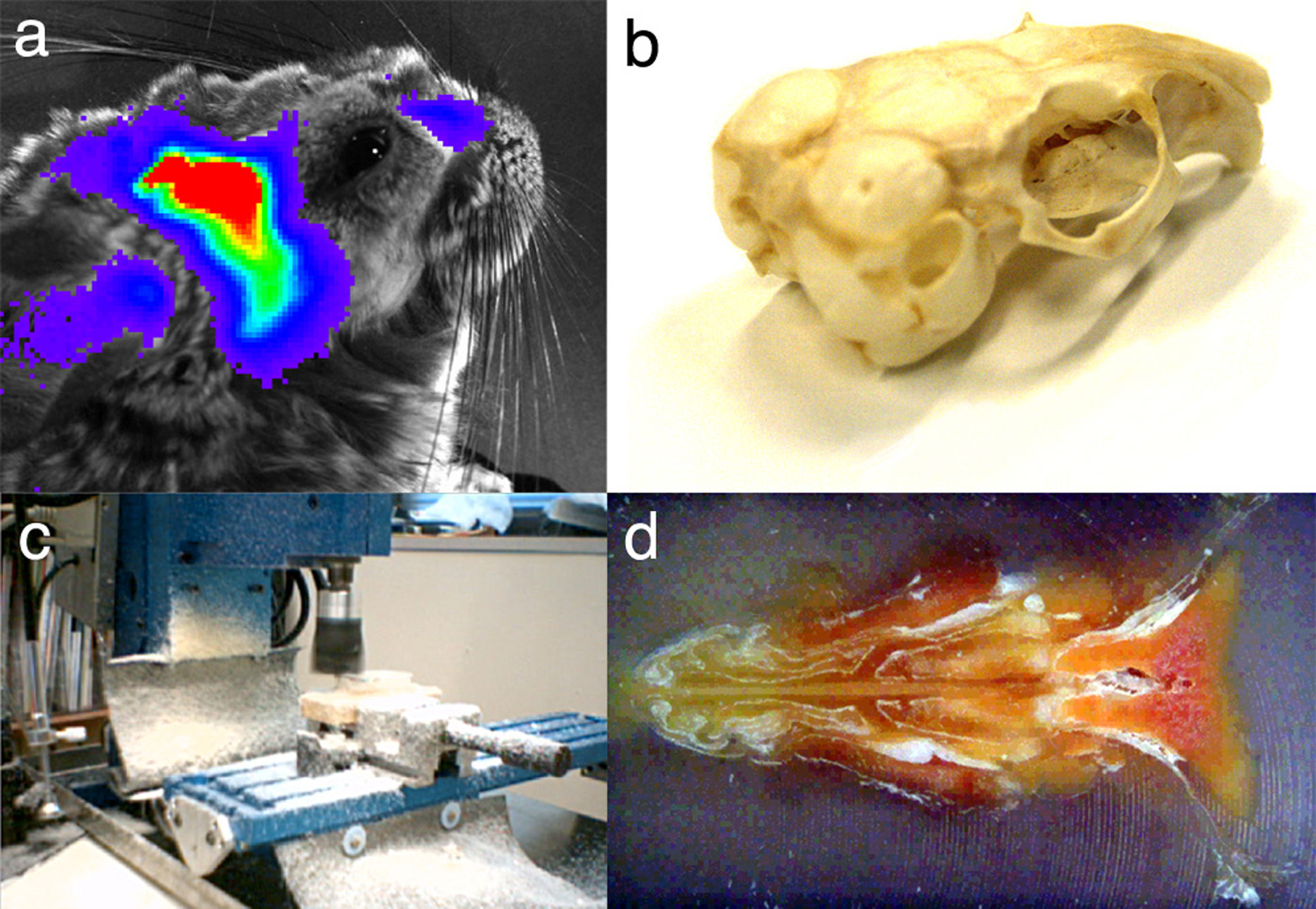“Modeling the fluffy lens: construction of the virtual chinchilla” by Ray and Jurcisek
Conference:
Type(s):
Title:
- Modeling the fluffy lens: construction of the virtual chinchilla
Presenter(s)/Author(s):
Abstract:
Otitis media is a highly prevalent pediatric disease with an estimated 6 billion dollar yearly economic impact in the US alone. Interestingly, this disease is often caused by a bacteria that is a normal component of nasal flora, and that only opportunistically chooses to invade the normally sterile middle-ear space. Clearly, understanding the physical interactions of bacteria and host that result in the normally commensal Haemophilus influenzae bacteria ascending the eustacian tube and colonizing the middle ear, is an important component of understanding the pathogenesis of this disease. This process is commonly modeled using the chinchilla as a model host, classically by infecting the host, and monitoring the process of the disease by sacrificing and dissecting the animal after some period. A large number of animals infected and surveyed in this manner gives a picture of the progress of the infection over time. It is however, costly, wasteful of chinchillas, and innaccurate in that any given chinchilla can only be surveyed once, reducing the resulting conclusions to only aggregate descriptions of behavior.
References:
1. Novotny, L. A., Mason, K. M., and Bakaletz, L. O. 2005. Development of a chinchilla model to allow direct, continuous biophotonic imaging of bioluminescent nontypeable Haemophilus inluenzae during experimenal otitis media. Infection and Immunity 71, 609–611.





